Land grabs, forced displacement, Maoist rebels, state executions… Central India’s 50-year conflict is virtually unknown outside the Subcontinent, and Poulomi Basu’s investigation of this hidden war defies an easy reading
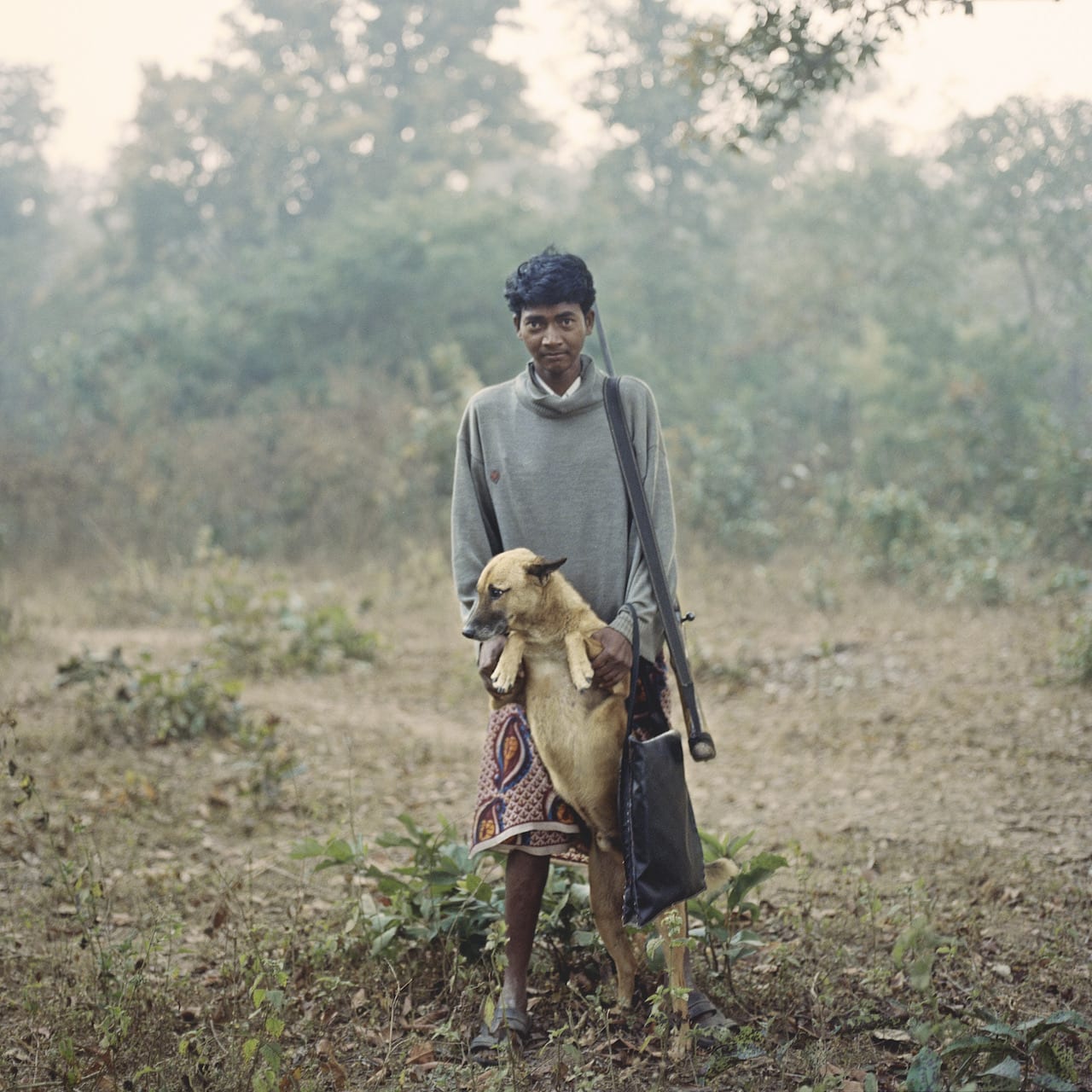

Land grabs, forced displacement, Maoist rebels, state executions… Central India’s 50-year conflict is virtually unknown outside the Subcontinent, and Poulomi Basu’s investigation of this hidden war defies an easy reading
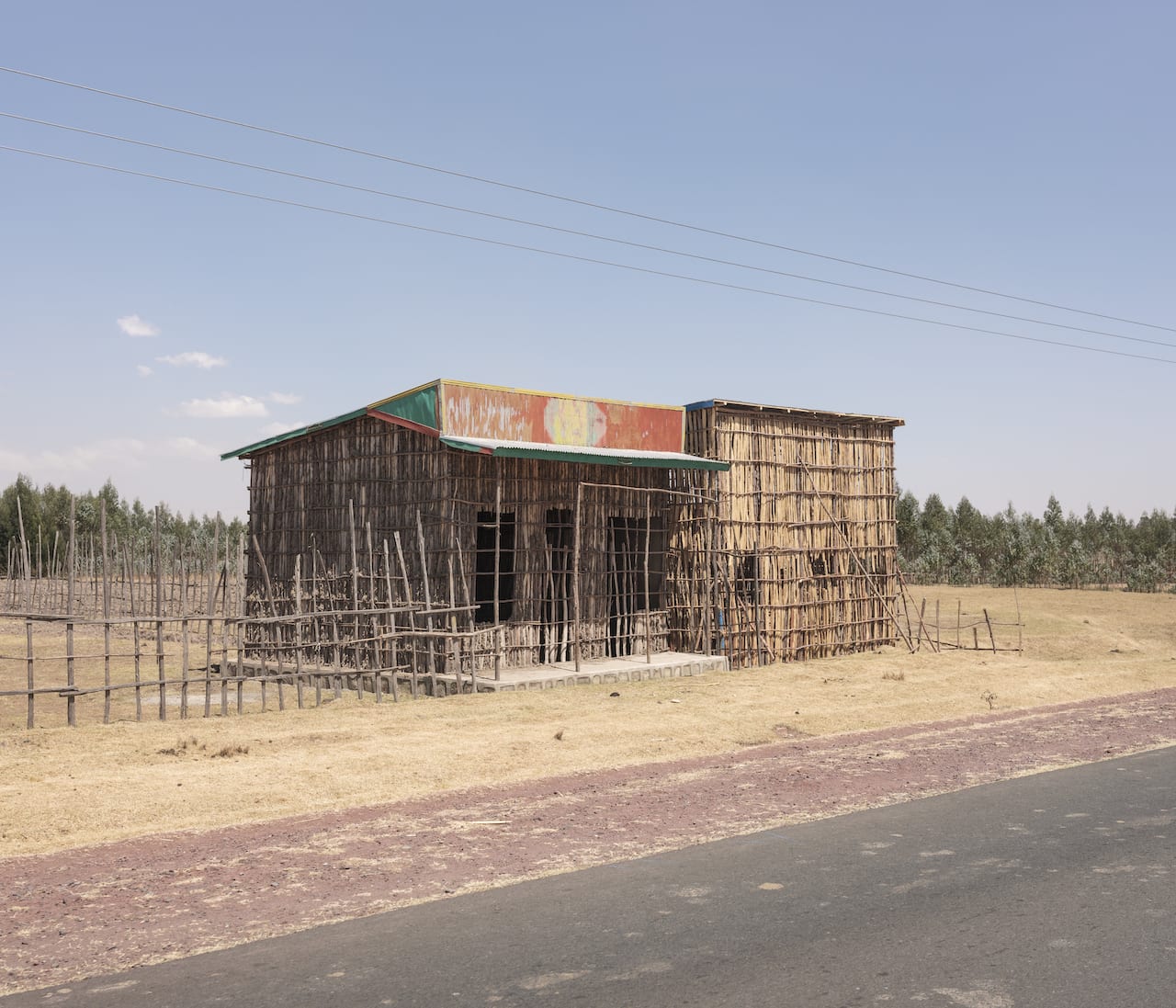
Clément Chapillon and Fabien Fourcaud documented the people and landscapes of Ethiopia’s Sidama Zone – the place where coffee was born, and where coffee could die
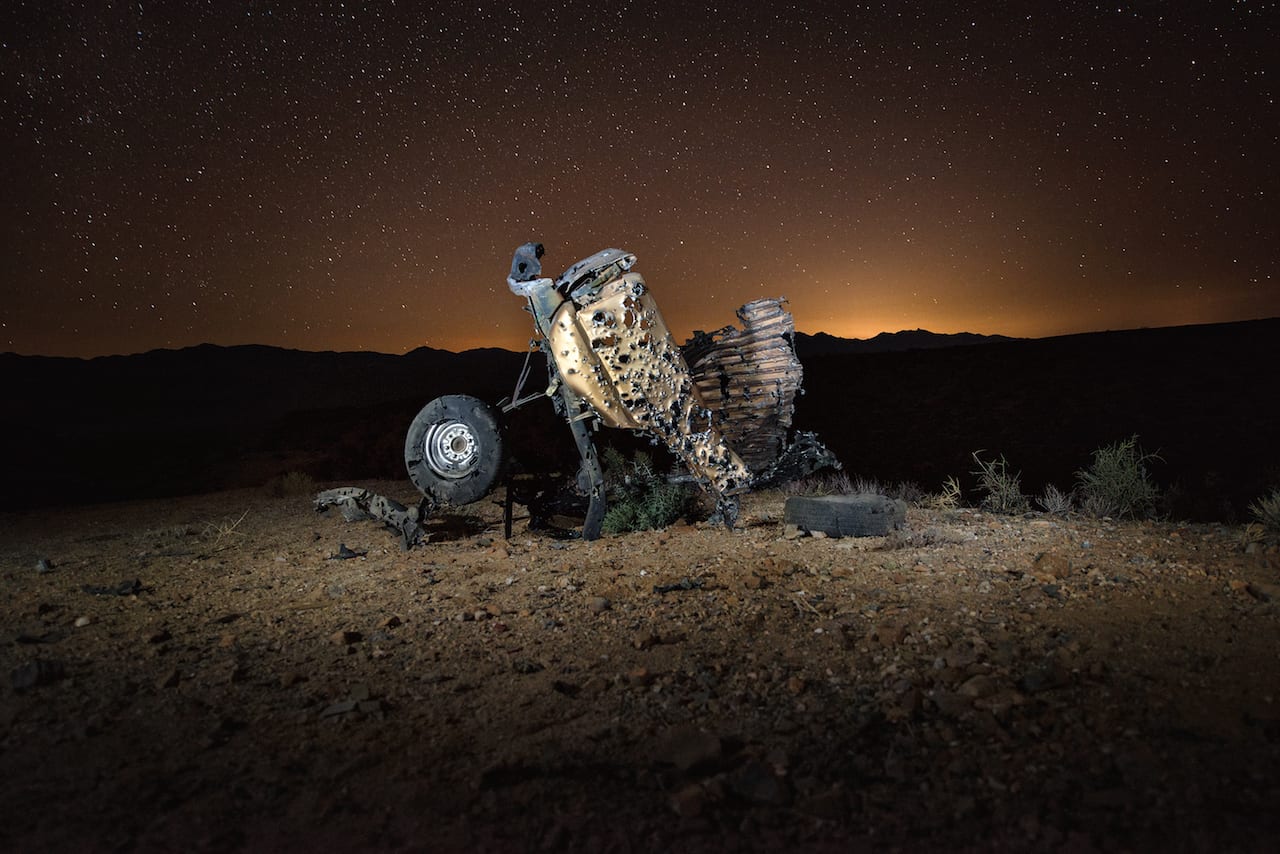
Jean-François Bouchard’s images from the largest machine-gun shooting range in the US merges documentary and conceptual art in an attempt to understand the chilling world of weapon enthusiasts
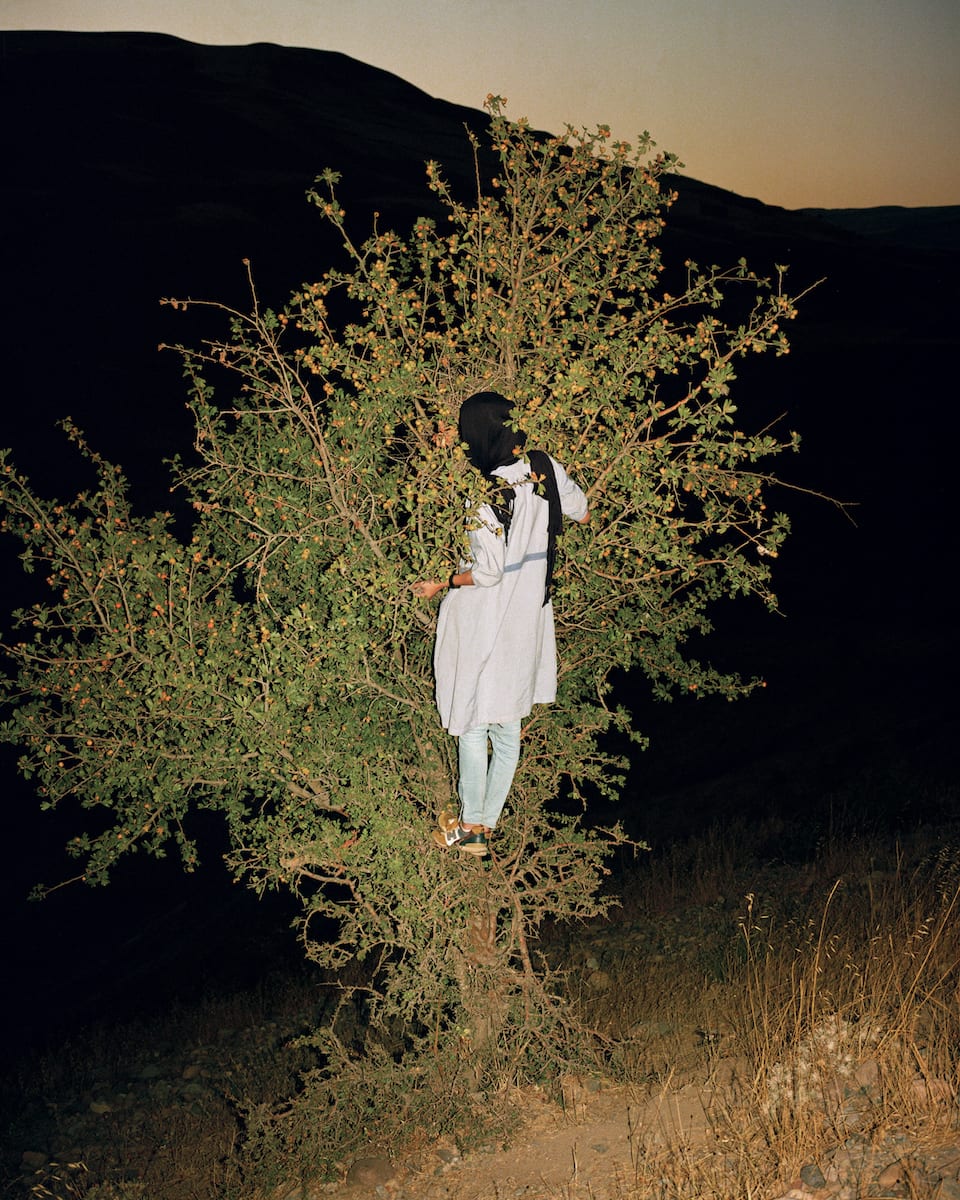
Iran “is such a complex place that people will, of course, tell you not to go there”. In the first chapter of an ongoing body of work, the Melbourne-based photographer challenges the “narrow and misleading” ways in which the Middle Eastern country is often portrayed
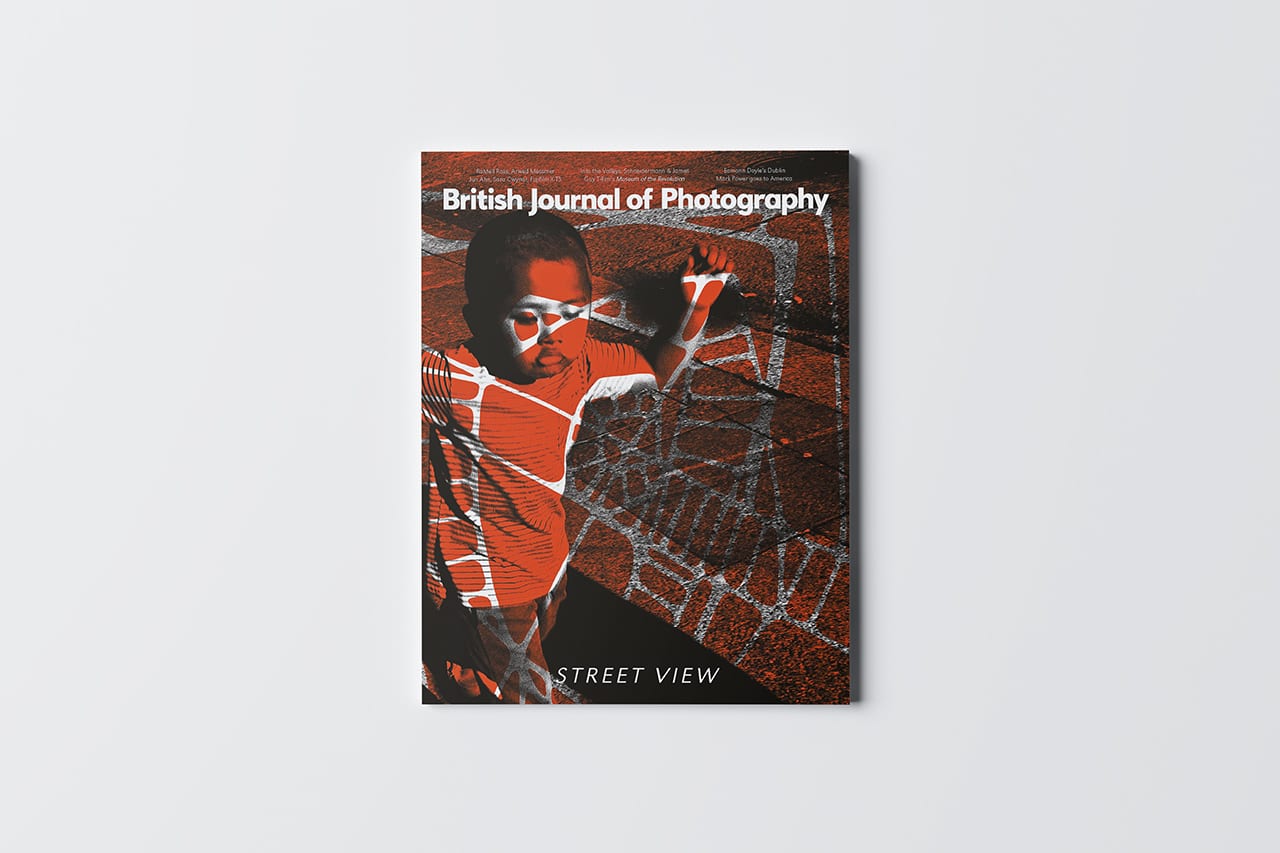
From the bustling cities in the work of Eamonn Doyle and Guy Tillim, to Mark Power’s survey of decaying American landscapes, and a collaboration between Clémentine Schneidermann, Charlotte James, and a group of children in South Wales – this month’s issue is dedicated to the idea of the street as a site of theatre and historical spectacle.
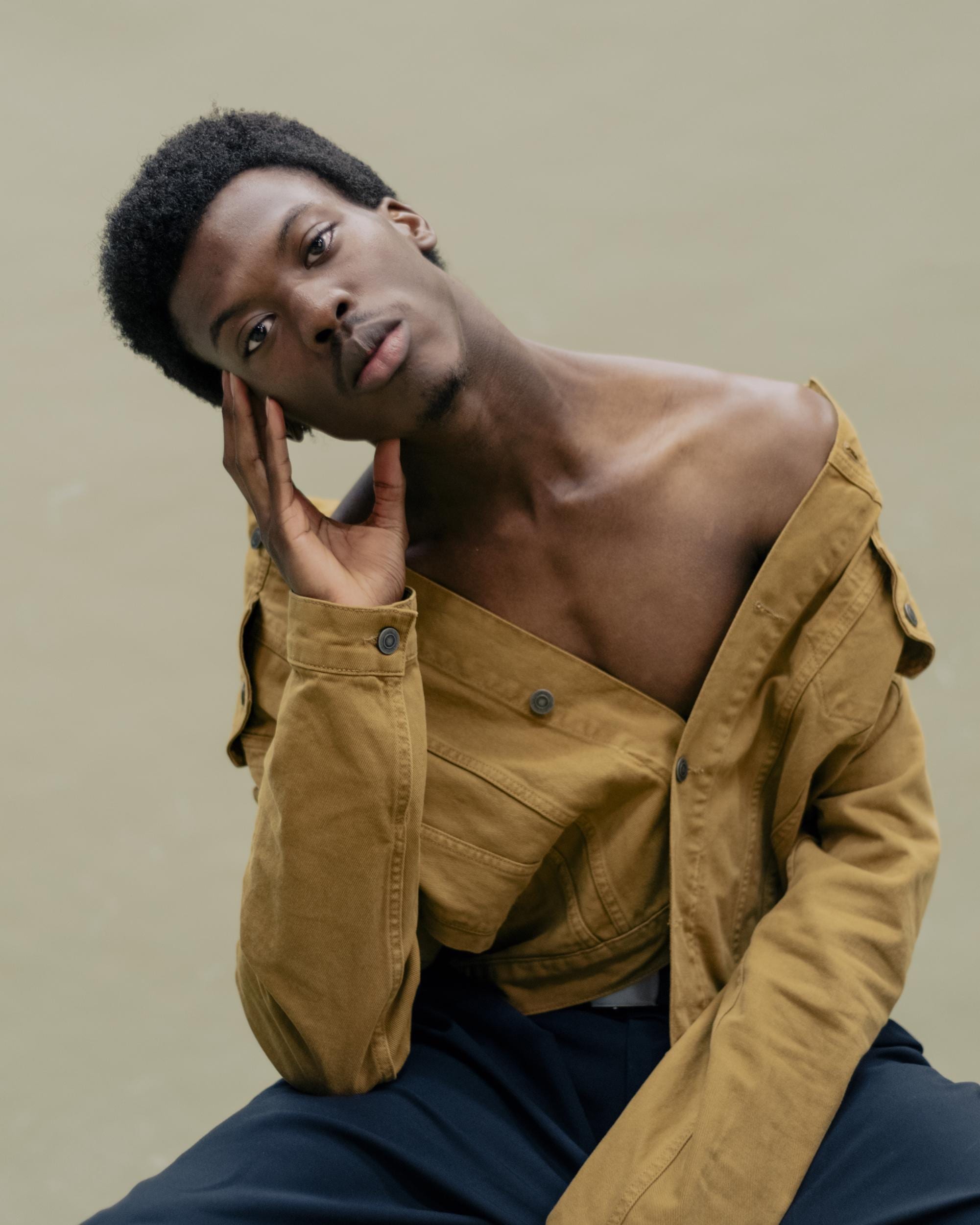
Portrait of Britain 2019 is open for entries. Now in its fourth year, the groundbreaking…
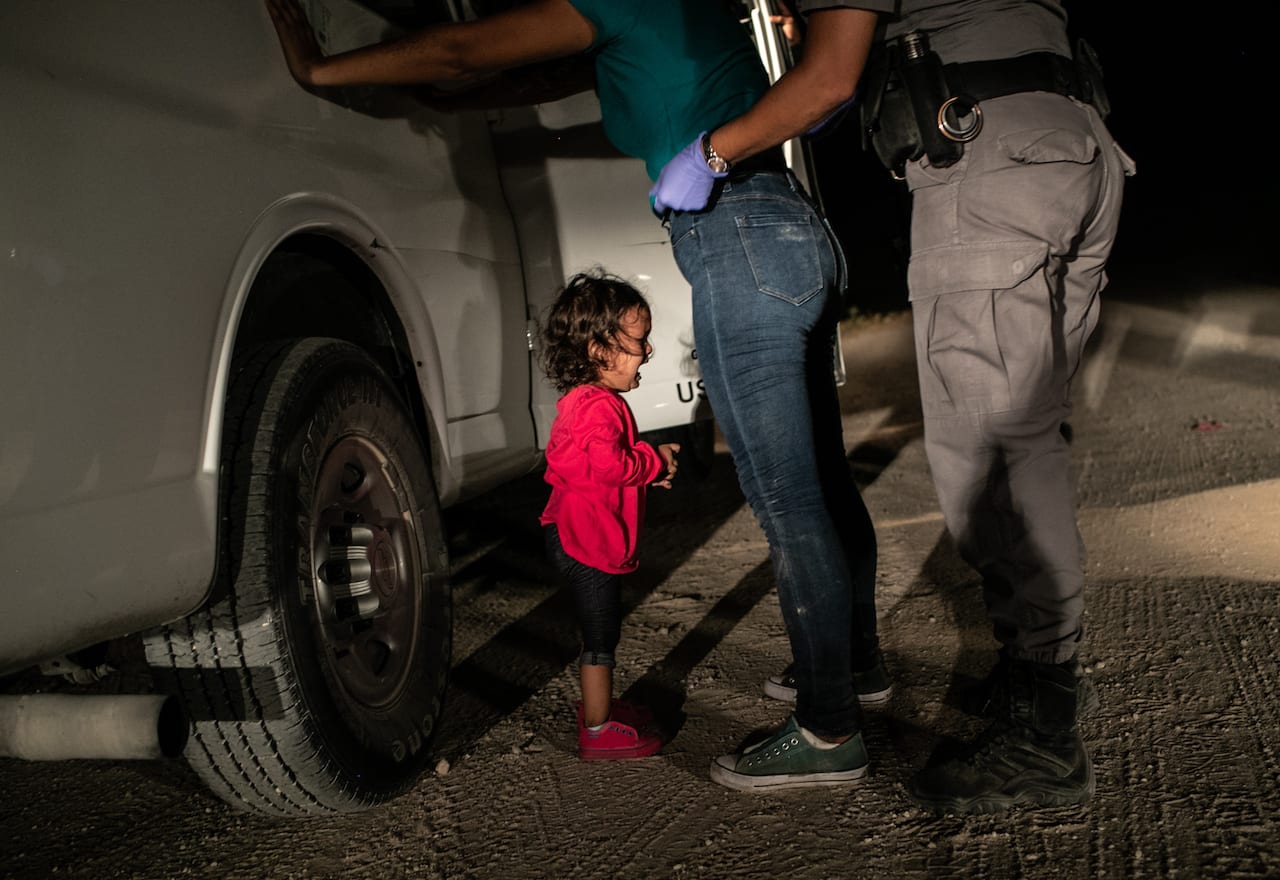
A shortlist of six images have been announced for this year’s World Press Photo of the Year, and three photographers shortlisted for a new award that celebrates visual storytelling – the World Press Story of the Year.
The six images shortlisted for World Press Photo of the Year are: Victims of an Alleged Gas Attack Receive Treatment in Eastern Ghouta by Mohammed Badra (Syria); Almajiri Boy by Marco Gualazzini (Italy); Being Pregnant After FARC Child-Bearing Ban by Catalina Martin-Chico (France/Spain); Covering the Disappearance of Jamal Khashoggi by Chris McGrath (Australia); Crying Girl on the Border by John Moore (United States); and Akashinga – the Brave Ones by Brent Stirton (South Africa).
The three nominees for the World Press Story of the Year are Marco Gualazzini (Italy), Pieter Ten Hoopen (Netherlands/Sweden), and Lorenzo Tugnoli (Italy) – making Gualazzini the first photographer to have been nominated for both the World Press Photo of the Year and the World Press Story of the Year.
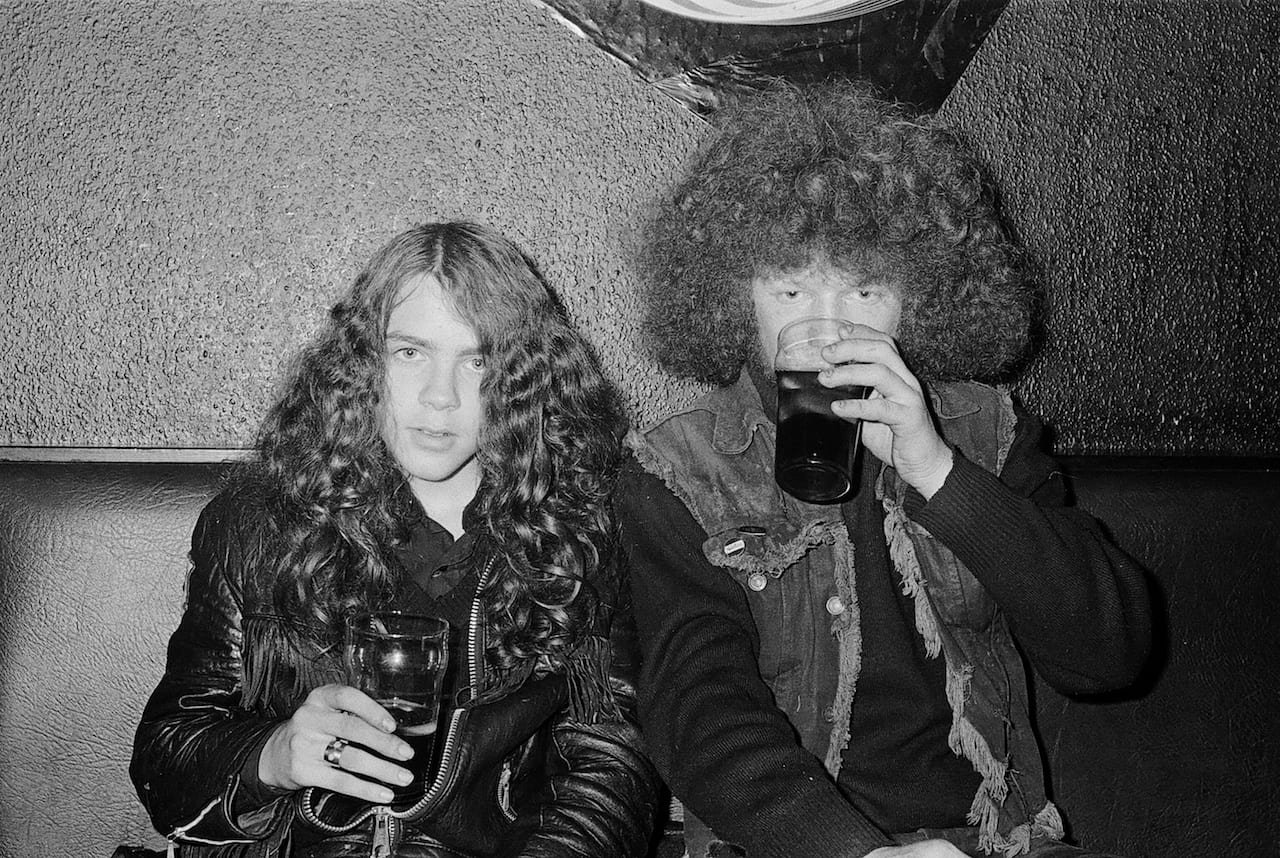
British photographer Iain McKell is publishing a book of photographs from 1976, which he shot on the side while working as a seafront photographer in Weymouth, south-west England
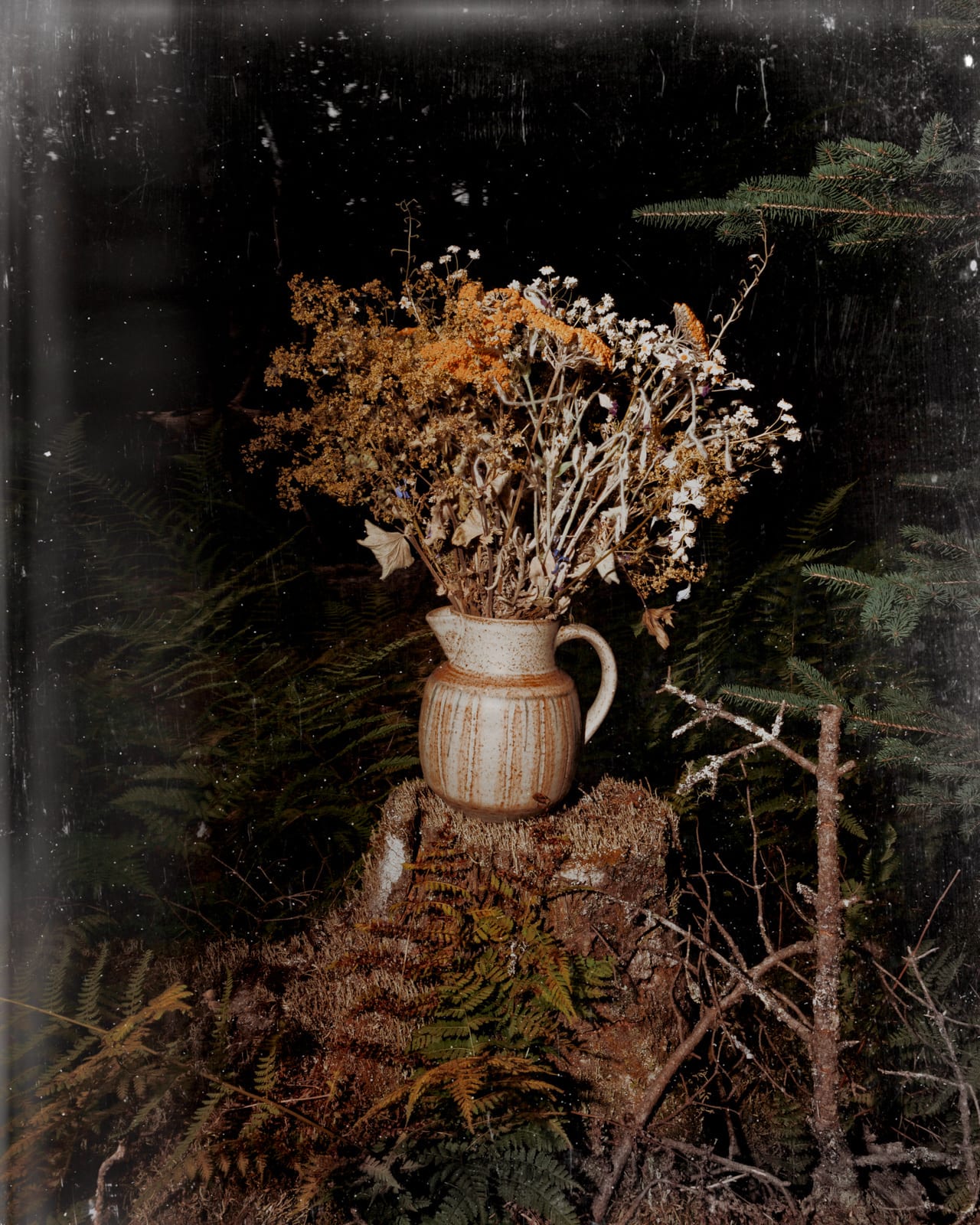
In the early 1900s, Paul Thulin’s great-grandfather settled on the coast of Maine, reminded of his homeland of Sweden. Thulin’s family has returned to Gray’s Point each summer ever since, and Thulin has been working on a project there, called Pine Tree Ballads, for over a decade. Initially inspired by his grandfather’s photographs, he hopes it has “a subtext of struggle and hope that mirrors my narrative sense of self and heritage”.
BJP: How did you first get into photography?
PT: My journey into photography started as a way to rebel against my growing contempt and frustration with the limits of language to effectively communicate. In 1996, I returned from a stressful year of studying Philosophy in a Master’s program at Syracuse University and I remember wanting to escape into the mountains to possibly join a Zen monastery. I wanted to meditate and remain silent in an effort to really just experience the world.
This desire led me to discover the writings and images of photographers Minor White, Frederick Sommer, and Emmet Gowin, as their mystical and spiritual use of photography intrigued me. Before I knew it, I borrowed a 35mm camera to try to make meaningful images of my own and I was hooked.
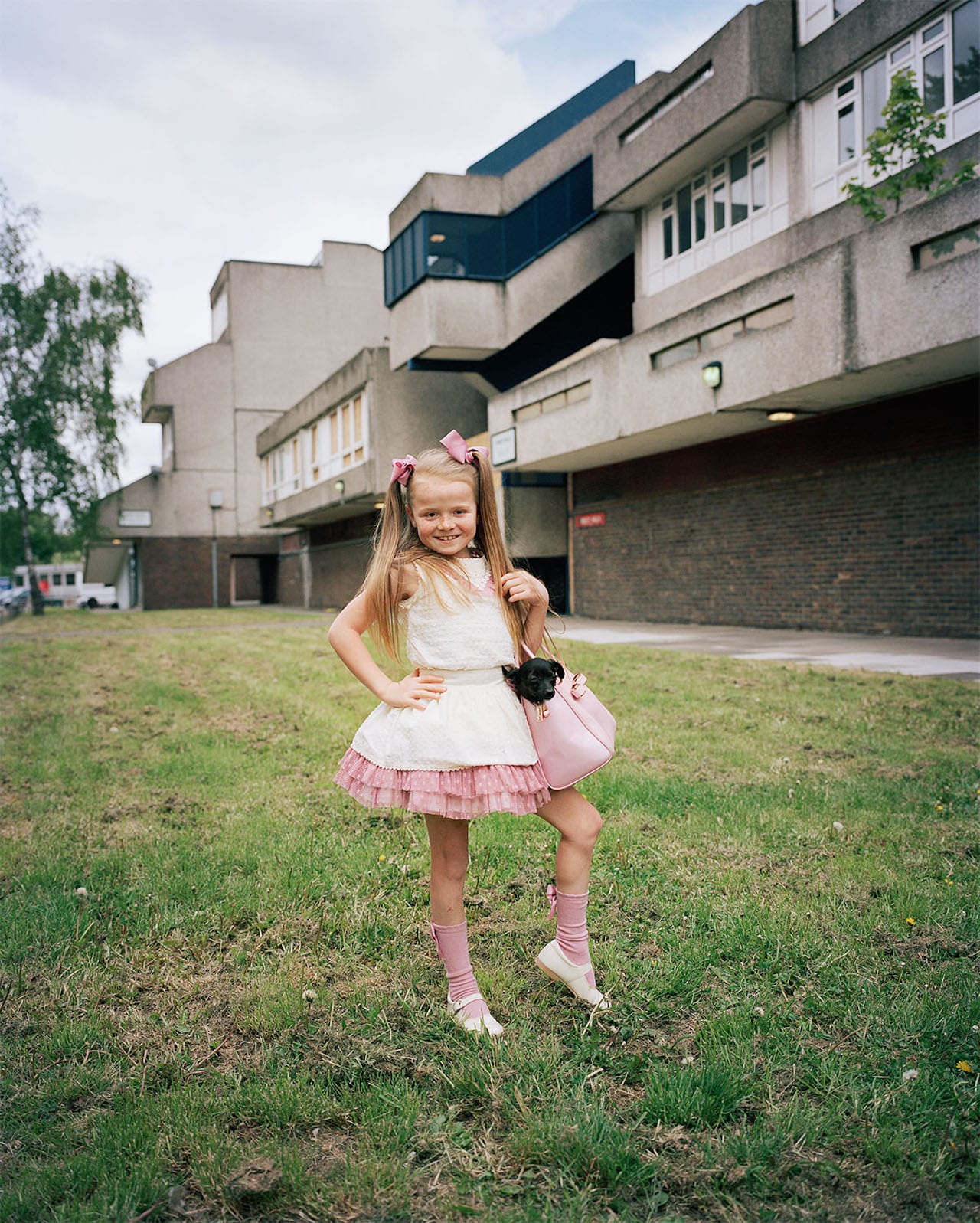
In the mid-1960s, a vast concrete housing estate began to rise out of a neglected marshland on the south bank of the River Thames. Headed by the Greater London Council (GLC), the scheme was seen as visionary; Thamesmead would provide a marina-esque lifestyle with plenty of greenery, and wide walkways that connected housing with schools and local amenities, all set within striking brutalist architecture. Thamesmead was to be the “town of tomorrow”.
Five years ago though, it was announced that the estate would be undergoing a huge redevelopment, and now a new book published by Here Press, titled The Town of Tomorrow: 50 years of Thamesmead, celebrates its part and present.